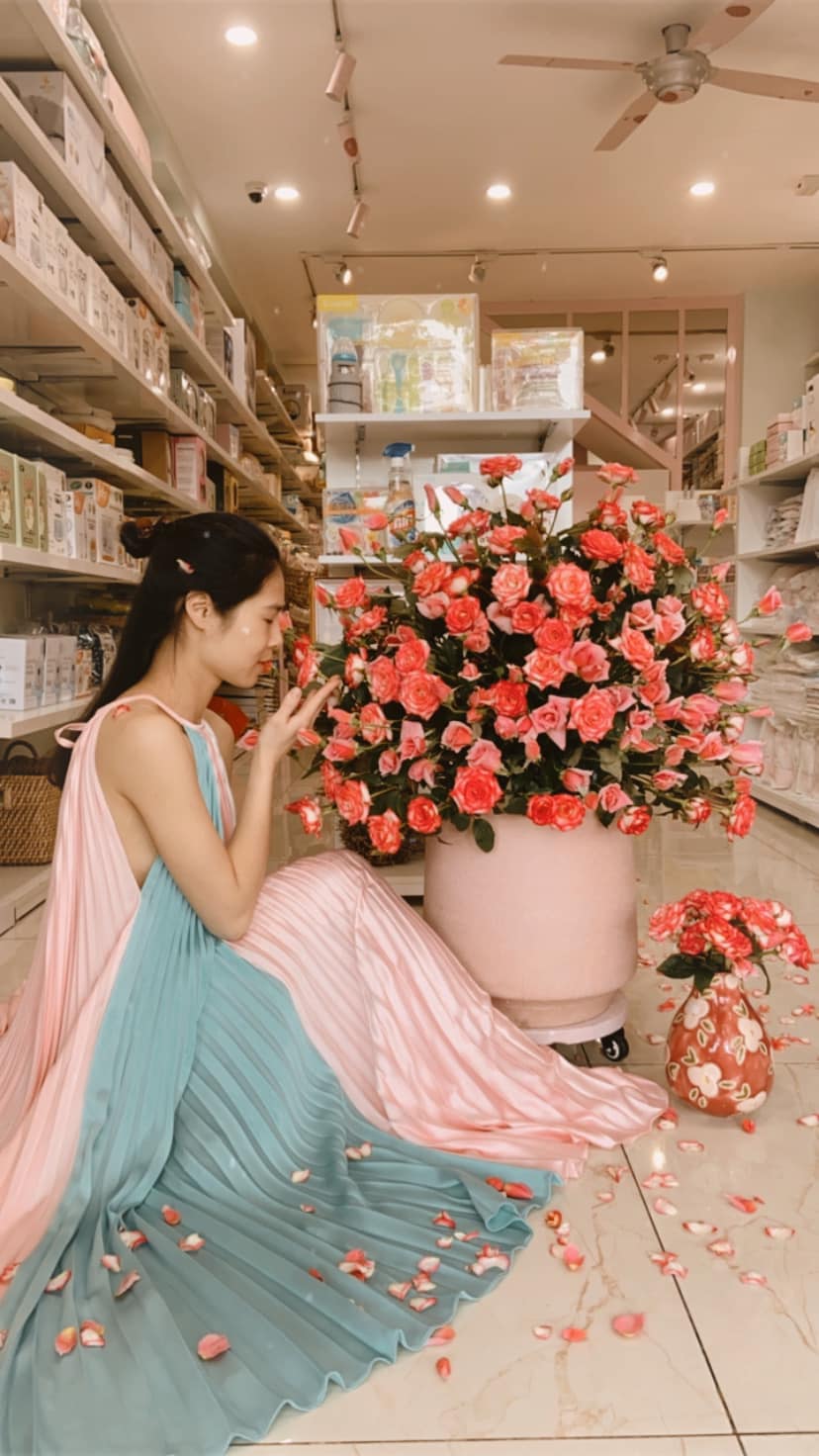|
Profile – Hua Quynh – 35 years old – Married
|
Deciding to leave the banking job after 8 years, Quynh switched to freelancing and found a new passion for flower arrangement. This hobby not only brings her joy but also enriches her life experiences.
Recently, Quynh gained popularity with a video about making a swan arrangement. Besides creating flower arrangements, she also came up with many other ideas to share about flower arrangement techniques and tips for making flowers last longer. Let’s have a chat with Hua Quynh to hear her insights and experiences in this artistic hobby.
Since when did you develop an interest in flower arrangement and create such interesting and diverse content?
I have been arranging flowers since I was a young girl, but I started making videos and documenting the flower arrangement process when I started my freelancing career. I consider it a way to entertain myself and escape from the hectic banking environment. It has been around 4 years since I started making flower arrangement videos. In the beginning, I faced many failures when shooting videos or arranging flowers, but what matters is that I want to share my own flower arrangement experiences and challenge myself to try different styles of arrangements.
With these videos, I want to capture moments of the sky, or the blossoming of flowers, in a vivid and clear way for everyone to see because not everyone has the opportunity to witness these beautiful moments. I also want to spread positive vibes and contribute to a channel that provides entertainment and knowledge.
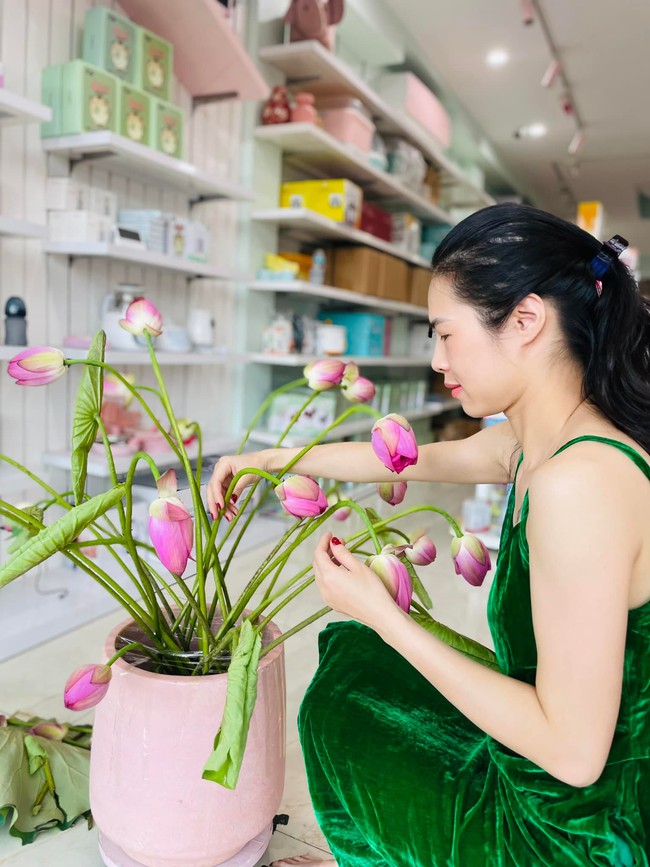
Many people might think that shooting such videos is difficult, but in reality, all I need is a smartphone with a timelapse mode, a stand to hold the phone, a video editing app, and voiceovers. All my videos are shot and edited using just a smartphone.
For different types of flowers, different vase styles are needed. Can you tell us how many vases you currently own and where you collect them?
Actually, I don’t collect too many vases. Currently, I have less than 20 vases. I usually invest in handmade pottery vases because they are more expensive than molded ceramic ones. As for the vase shape and patterns, I prefer simple ones that can accommodate various types of flowers.
Actually, you don’t need to buy too many vases because you can use “accessories” like tape or floral foam to modify the neck of the vase, allowing you to arrange different types of flowers.
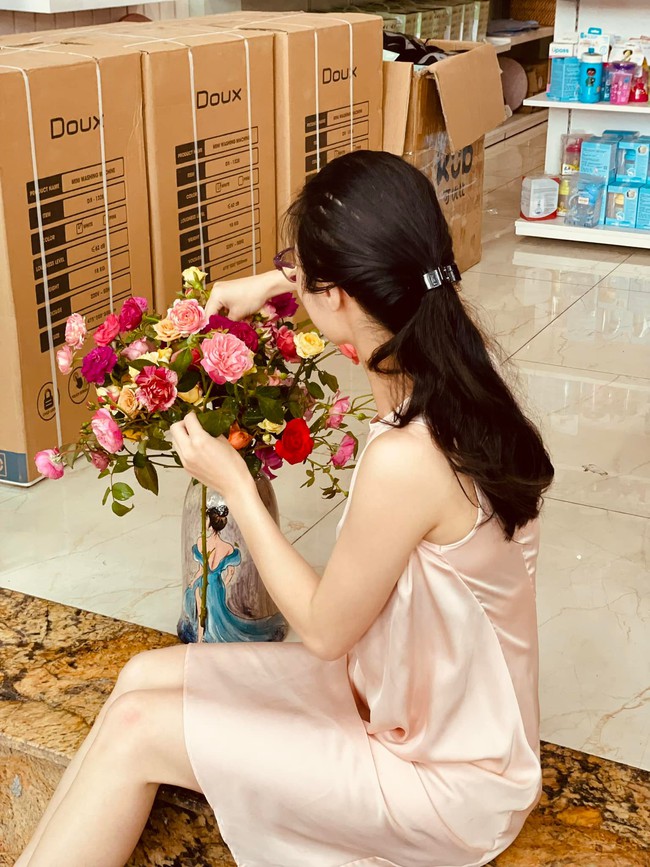
In your experience, which type of flower is the easiest and most difficult to arrange? Why?
Each vase or type of flower gives me a different feeling after arranging it. My pleasure is capturing the blossoming process, capturing the moment from when the flower blooms to when it withers. Since I haven’t mastered all types of flowers since I joined the “flower arrangement lovers club,” I can’t confidently say which flowers are easy or difficult. However, the easiest flower for me to arrange is the lily.
Can you share some personal tips to help flowers last longer after being arranged?
One thing that I find very important but people often overlook is pre-conditioning the flowers before arranging them. Depending on the type of flower, I would condition them for 2-6 hours because flowers tend to lose water during transportation. For most types of flowers, I condition them by submerging the stems (except for the heads) to revitalize them.
Each type of flower requires a different water level in the vase: for hollow-stemmed flowers like water lilies, the vase should be filled with water. For herbaceous flowers like anemones, butterfly ranunculus, money flowers, water lilies, carnations, I would use less water. For bell flowers, I use hot water, and for tulips, I use cold water. Each flower type requires different treatments, so before arranging any specific type of flower, you can search the internet for its characteristics to help you keep the arrangement fresh for a longer time.
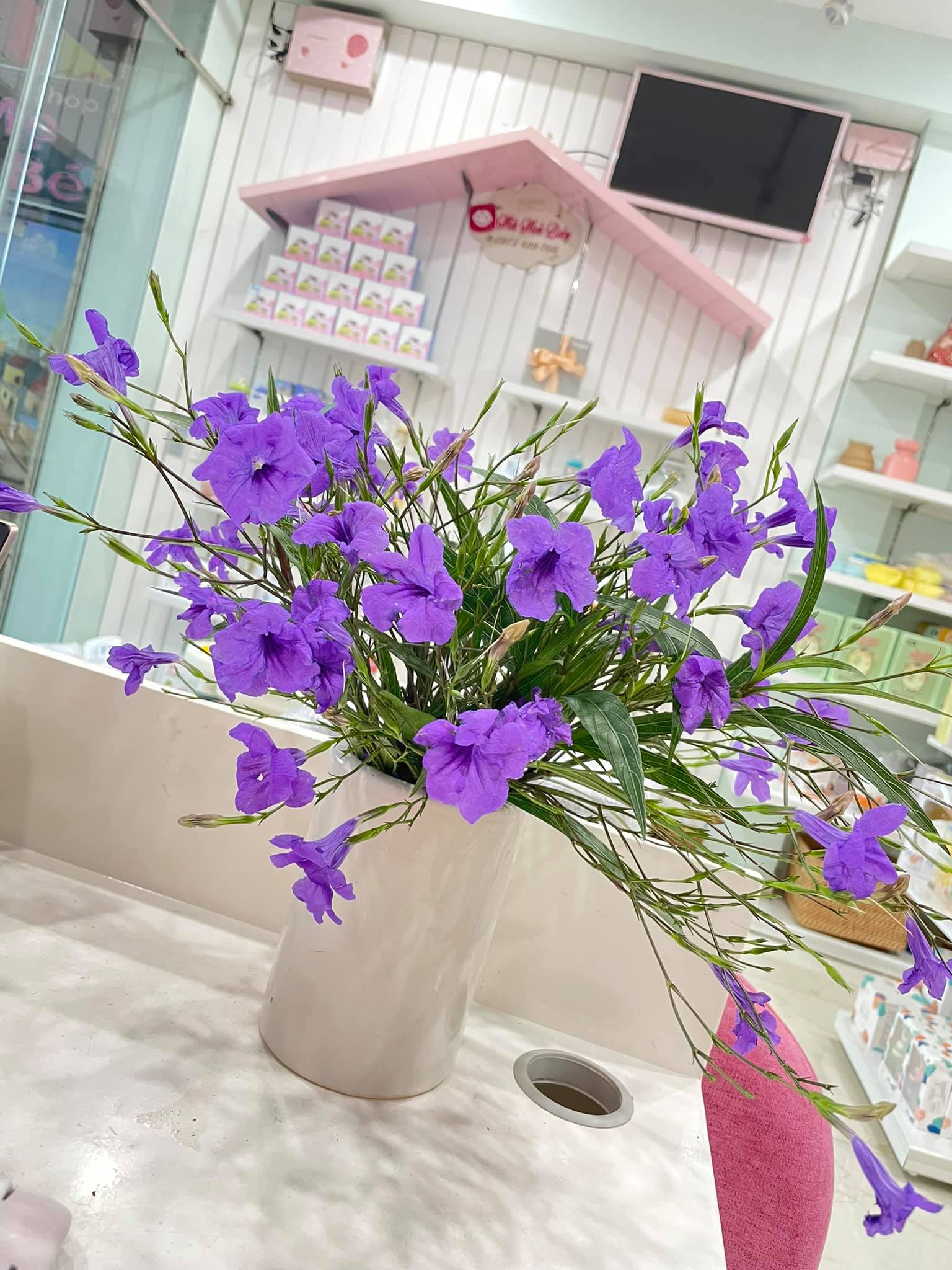
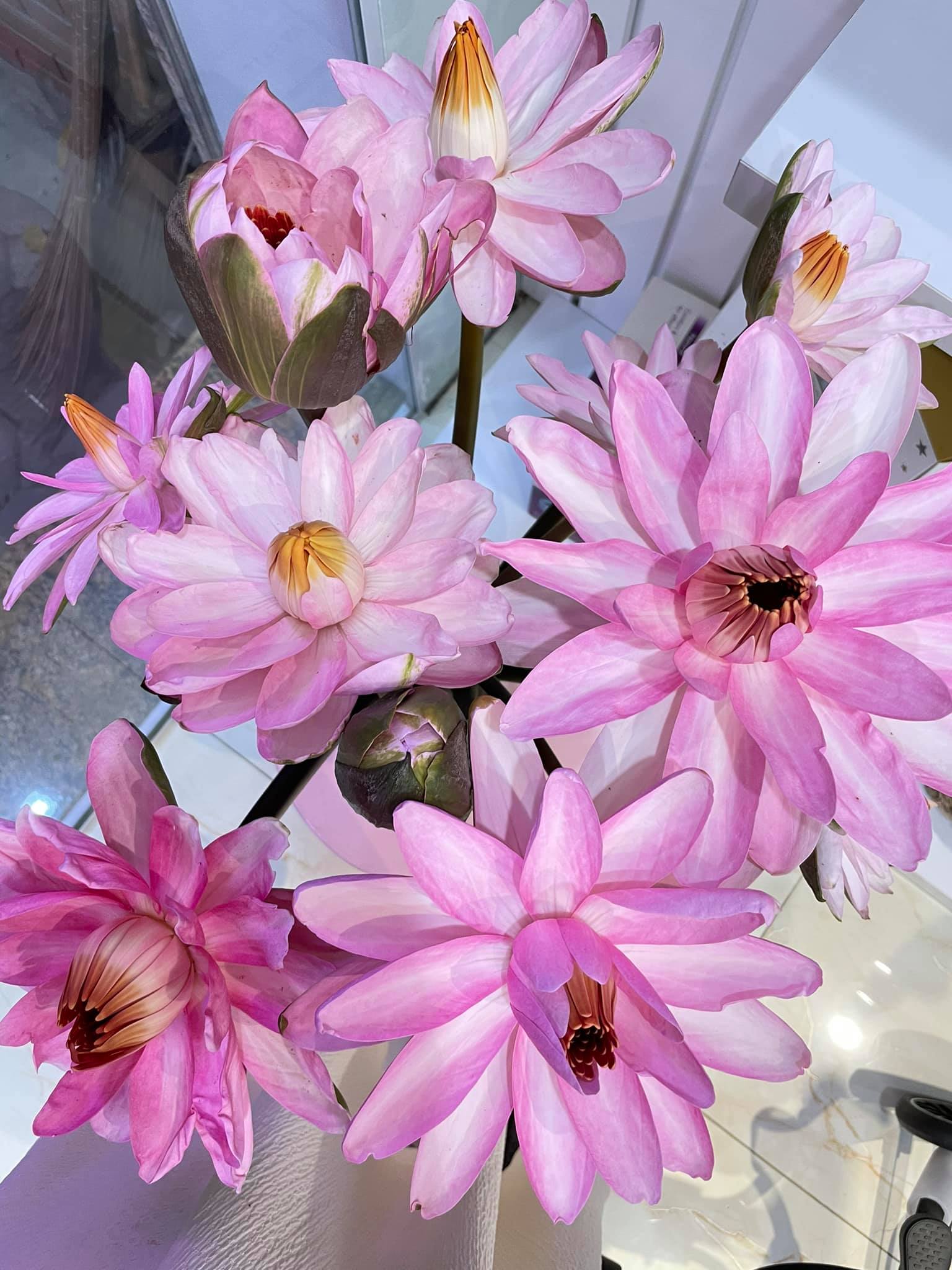
Here are a few more small tips you can refer to:
– Don’t place the vase directly under a ceiling fan, air conditioner, or direct sunlight as they can cause the flowers to lose water quickly.
– Change the water and re-cut the stems every 1-2 days to prevent bacterial growth, or you can lazy way out and use dishwashing liquid, alcohol, or specialized floral preservatives.
– Clean the vases with soap to eliminate bacteria. Rinsing with clear water alone cannot fully clean the vase and may cause the flowers to deteriorate.
Source: phunuvietnam.vn
Growing and Caring for a Bird of Paradise Plant at Home
Unlock the beauty of the bird's-eye flower! Learn about its unique characteristics, the symbolism behind it, and how to arrange beautiful bird's-eye flower arrangements. Be amazed by the beauty of these delicate blooms.
























